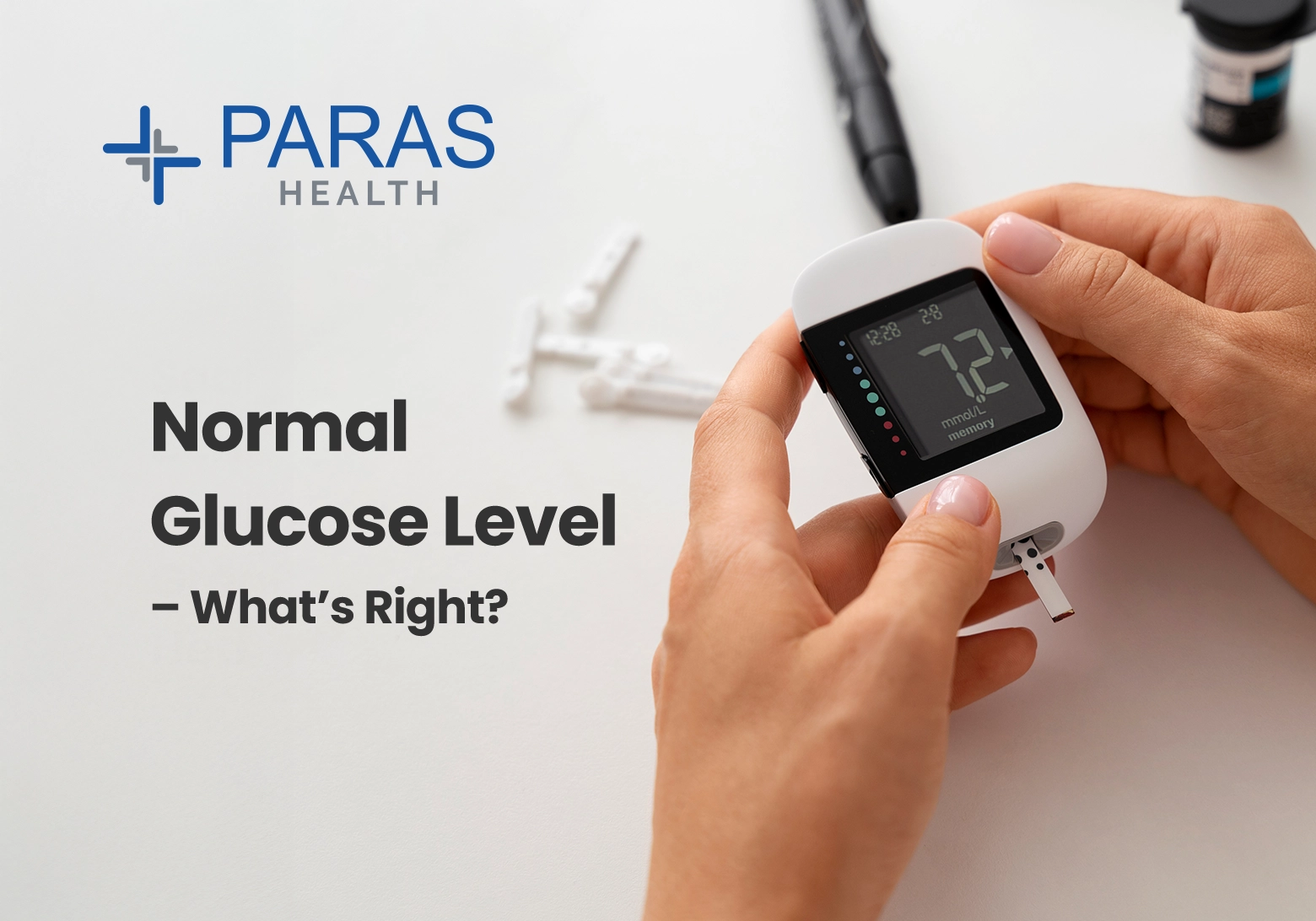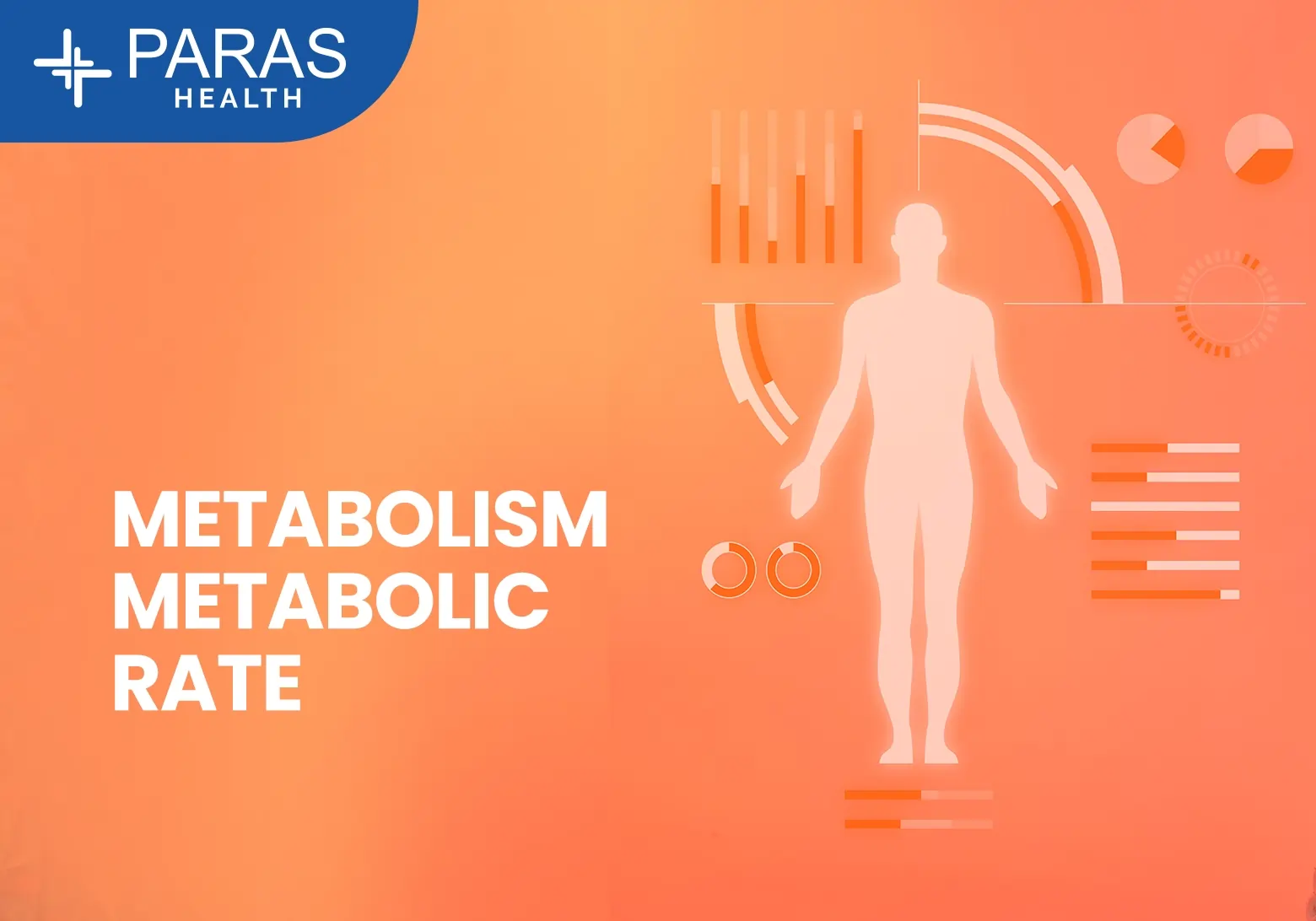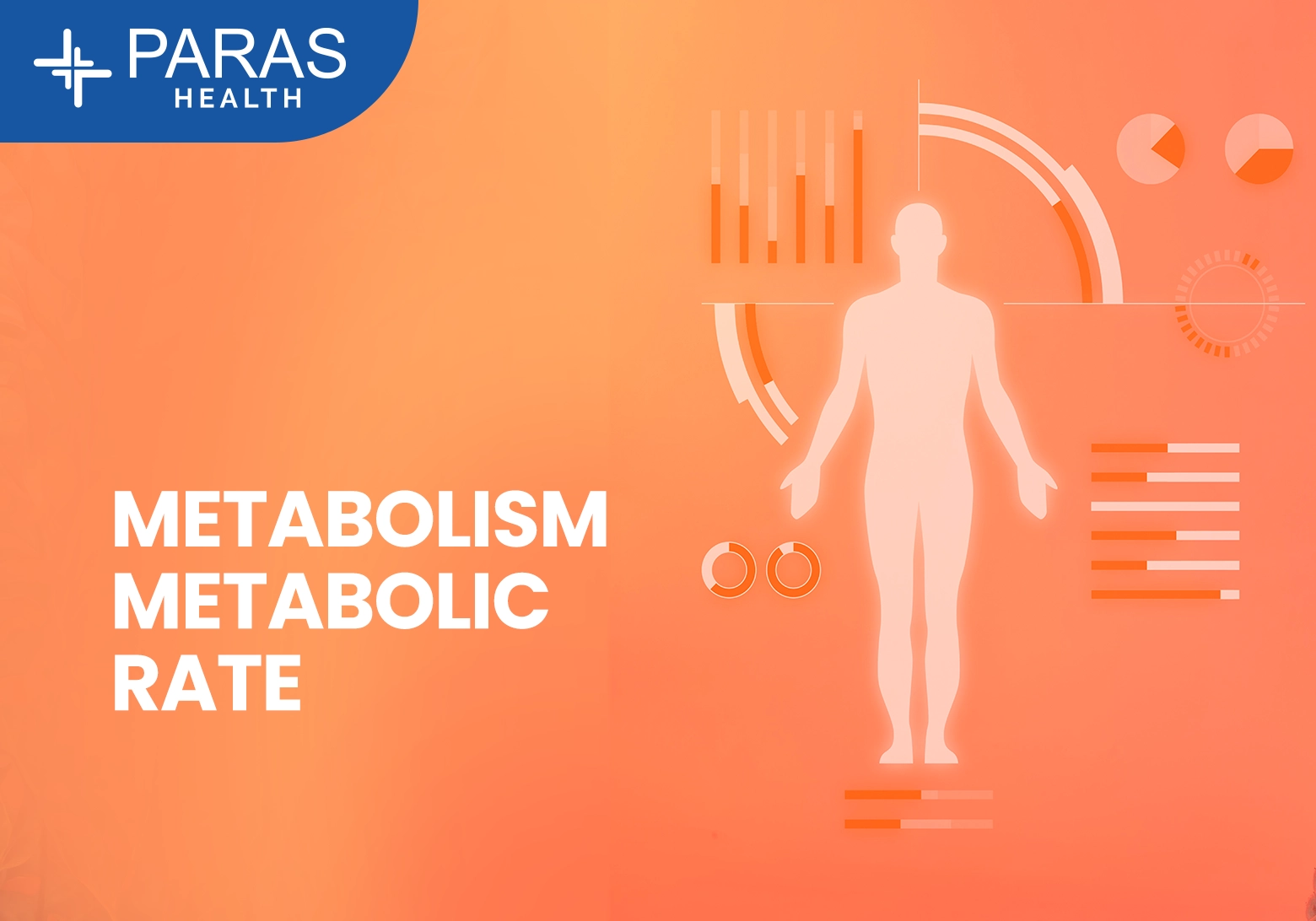Normal Glucose Levels: What’s Right, What’s Not & Why It Matters
Jul 29, 2025
Have you ever looked at your blood test report and wondered — Is this sugar level normal? Should I be worried? You’re not alone. Whether you’re living with diabetes, on the verge of it, or simply curious about your health, understanding normal glucose levels can save you from future complications.
Let’s walk through everything you need to know — from fasting sugar to post-meal spikes, hidden causes of sugar imbalance, and practical steps to stay in control.
What Is Blood Glucose and Why Is It Important?
- Blood glucose, or blood sugar, is the amount of sugar present in your bloodstream.
- Your body gets this sugar mainly from the food you eat — especially carbohydrates.
- This sugar acts as fuel for your brain, muscles, and other organs.
- A hormone called insulin, made by the pancreas, helps glucose enter your cells for energy.
Why it matters: Too much or too little glucose can damage your organs, nerves, heart, and brain over time.
What Are Normal Glucose Levels?
Understanding the different types of blood sugar tests helps interpret your reports better.
1. Fasting Blood Sugar (FBS) – Done after 8–10 hours of no food
- Normal: 70–99 mg/dL
- Prediabetes: 100–125 mg/dL
- Diabetes: 126 mg/dL or more
Ideal time to test: early morning before breakfast.
2. Postprandial Blood Sugar (PPBS) – Measured 2 hours after a meal
- Normal: Less than 140 mg/dL
- Prediabetes: 140–199 mg/dL
- Diabetes: 200 mg/dL or above
Useful to check how your body handles sugar after eating.
3. Random Blood Sugar (RBS) – Tested at any time
- Normal: 80–140 mg/dL
- Diabetes likely: 200 mg/dL or more, with symptoms
Useful when symptoms are present.
4. HbA1c (Glycated Hemoglobin) – 3-month sugar average
- Normal: Below 5.7%
- Prediabetes: 5.7–6.4%
- Diabetes: 6.5% or more
This test reveals long-term glucose control, not daily ups and downs.
Why Does Blood Sugar Fluctuate During the Day?
Many patients ask, “Why does my sugar vary even without eating sweets?”
Here are reasons:
- Meals: Carbs, sugar, and processed food spike sugar levels.
- Sleep: Poor or broken sleep increases morning fasting sugar.
- Stress: Cortisol (stress hormone) raises blood glucose.
- Inactivity: Sitting for long hours reduces glucose utilization.
- Illness or pain: Body releases sugar during infections or injury.
- Menstrual cycle & hormones: Fluctuations can raise levels.
Hidden Insight: Studies show that lack of deep sleep for even one night can raise fasting blood sugar the next morning — even in healthy people.
Blood Sugar Goals by Category
| Group | Fasting | Post-Meal | HbA1c |
|---|---|---|---|
| Healthy adults | 70–99 mg/dL | <140 mg/dL | <5.7% |
| Prediabetic individuals | 100–125 mg/dL | 140–199 mg/dL | 5.7–6.4% |
| Diabetic patients (goal set by doctor) | 80–130 mg/dL | <180 mg/dL | <7% |
| Pregnant women (GDM) | <95 mg/dL | <140 mg/dL | <6% |
Pro Tip: One isolated reading doesn’t define your health. Regular trends matter more.
What If My Sugar Is 110?
If your fasting sugar is 110 mg/dL, it falls under the prediabetic range, but that doesn’t mean you have diabetes. It means your body is showing early signs of insulin resistance.
Action Point: This is your window to reverse the trend naturally — through lifestyle changes — before medications are needed.
Symptoms of Abnormal Glucose Levels
Low Blood Sugar (Hypoglycemia):
- Weakness or shakiness
- Hunger pangs
- Irritability or mood swings
- Palpitations or rapid heartbeat
- Blurred vision or confusion
This can happen if you skip meals, over-exercise, or take too much medication (in diabetics).
High Blood Sugar (Hyperglycemia):
- Fatigue
- Frequent urination
- Increased thirst
- Headache
- Slow healing of wounds
Consistently high sugar levels increase your risk of nerve damage, heart issues, kidney failure, and vision loss.
Most People Miss These Important Tests
Most people only check fasting sugar and ignore the rest. But to get a complete glucose picture, you should test:
- Fasting Blood Sugar (FBS)
- Post-meal Blood Sugar (PPBS)
- HbA1c (every 3–6 months)
- Time-in-range using CGM (for diabetics)
- Urine ketones (in suspected very high sugar)
Rare Fact: People with normal fasting sugar can still have post-meal spikes that silently damage their arteries.
How to Maintain Normal Glucose Levels Naturally
Diet Tips:
- Choose complex carbs (whole wheat, millets, oats) over white bread or rice.
- Eat fiber-rich foods like vegetables, legumes, and seeds.
- Pair every carb with protein (eggs, dal, paneer) to reduce sugar spikes.
- Avoid sugary drinks and processed snacks.
- Eat small, frequent meals — don’t skip meals.
Hidden Tip: Soaked fenugreek seeds (methi) on an empty stomach can help lower sugar levels naturally.
Lifestyle Tips:
- Walk for 10–15 minutes after each major meal.
- Sleep for 7–8 hours — avoid screen time before bed.
- Stay active — include at least 30 mins of moderate activity daily.
- Reduce stress with meditation, journaling, or hobbies.
- Avoid alcohol, tobacco, and excessive caffeine.
Did You Know? Walking after meals reduces post-meal sugar spikes by up to 30%!
What About Children and Pregnant Women?
-
Children usually have lower fasting glucose (around 70–100 mg/dL).
-
In pregnancy, glucose levels must be tightly controlled, as high sugar can lead to birth complications, large baby size, or cesarean delivery.
For both groups, early monitoring and expert consultation is critical.
FAQs – Voice Search-Friendly Answers
Q: What is a normal sugar level after eating?
A: Less than 140 mg/dL after 2 hours of a meal.
Q: What is a dangerous blood sugar level?
A: Below 60 or above 250 mg/dL may need urgent medical help.
Q: Is 110 sugar level normal for fasting?
A: It’s slightly high; it falls in the prediabetic range. Lifestyle changes can help.
Q: What should be sugar level in pregnancy?
A: Below 95 mg/dL fasting and below 140 mg/dL post-meal.
Final Thoughts: So, What’s the Right Glucose Level?
There is no one-size-fits-all number. But general targets are:
- Fasting: 70–99 mg/dL
- Post-meal: Below 140 mg/dL
- HbA1c: Below 5.7%
What really matters is knowing your trend, testing regularly, and taking action early.
You don’t need to wait until you are diagnosed with diabetes. Being informed, eating smart, moving more, and managing stress can help you stay healthy — for life.
Need a sugar level test or doctor consultation?
Visit your nearest hospital or diagnostic center today.
Call us to book an appointment with a diabetologist near you.










